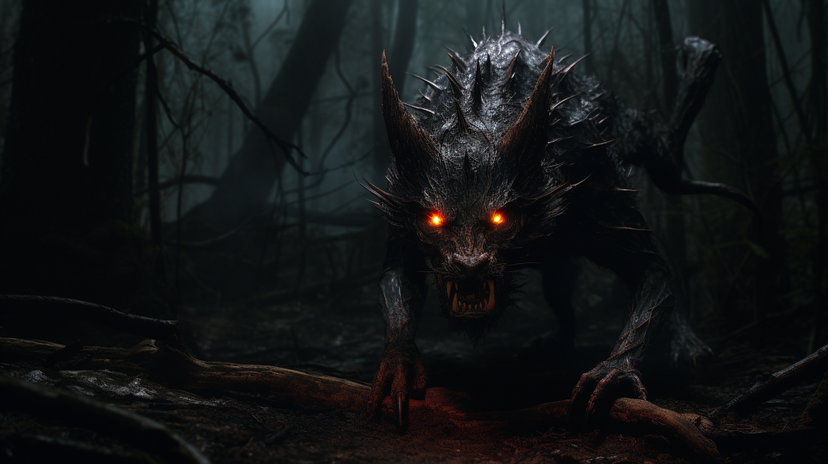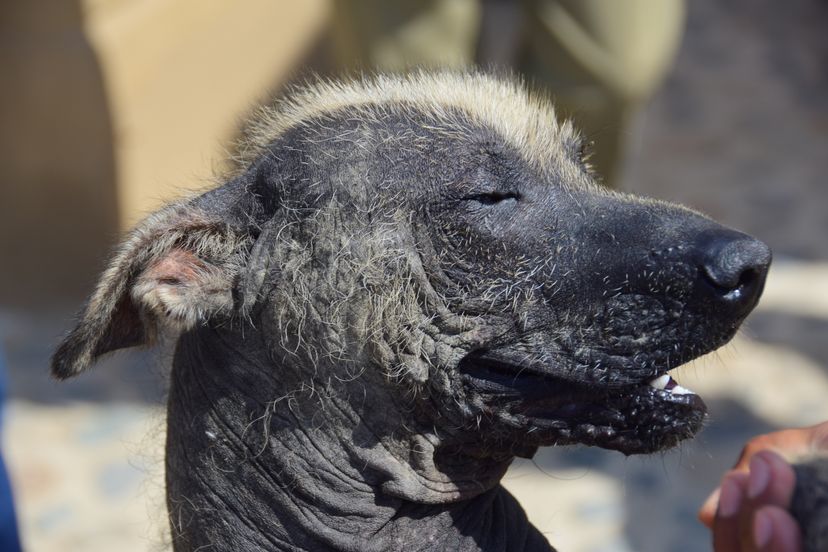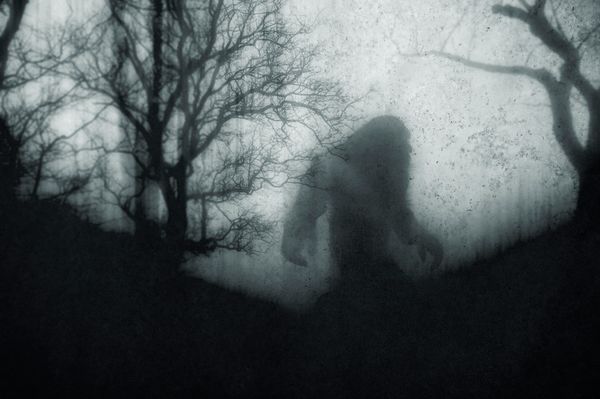
Key Takeaways
- The Chupacabra, a blood-sucking vampire beast, is a legendary creature that has sparked fear and curiosity in Latin America and the southwestern United States.
- Reports of livestock killings with telltale puncture wounds on their necks have fueled the Chupacabra myth, with sightings dating back to the 1950s and ongoing reports in South America.
- Expert findings attribute alleged Chupacabra sightings to animals with skin diseases like mange.
What lurks in the shadows, bearing red eyes and a thirst for blood? The name "Chupacabra," or "goat sucker" in English, may sound whimsical, but for many in Latin America and the southwestern United States, it's a word that evokes fear, curiosity and disbelief.
With the bloodsucking monster's mysterious origins, conflicting descriptions and the chilling consistency of its telltale attacks, the Chupacabra has transcended urban legends like that of La Llorona to become a symbol of the unknown. But is it merely a figment of the imagination, or is there something more tangible lurking behind the myth?
Advertisement




